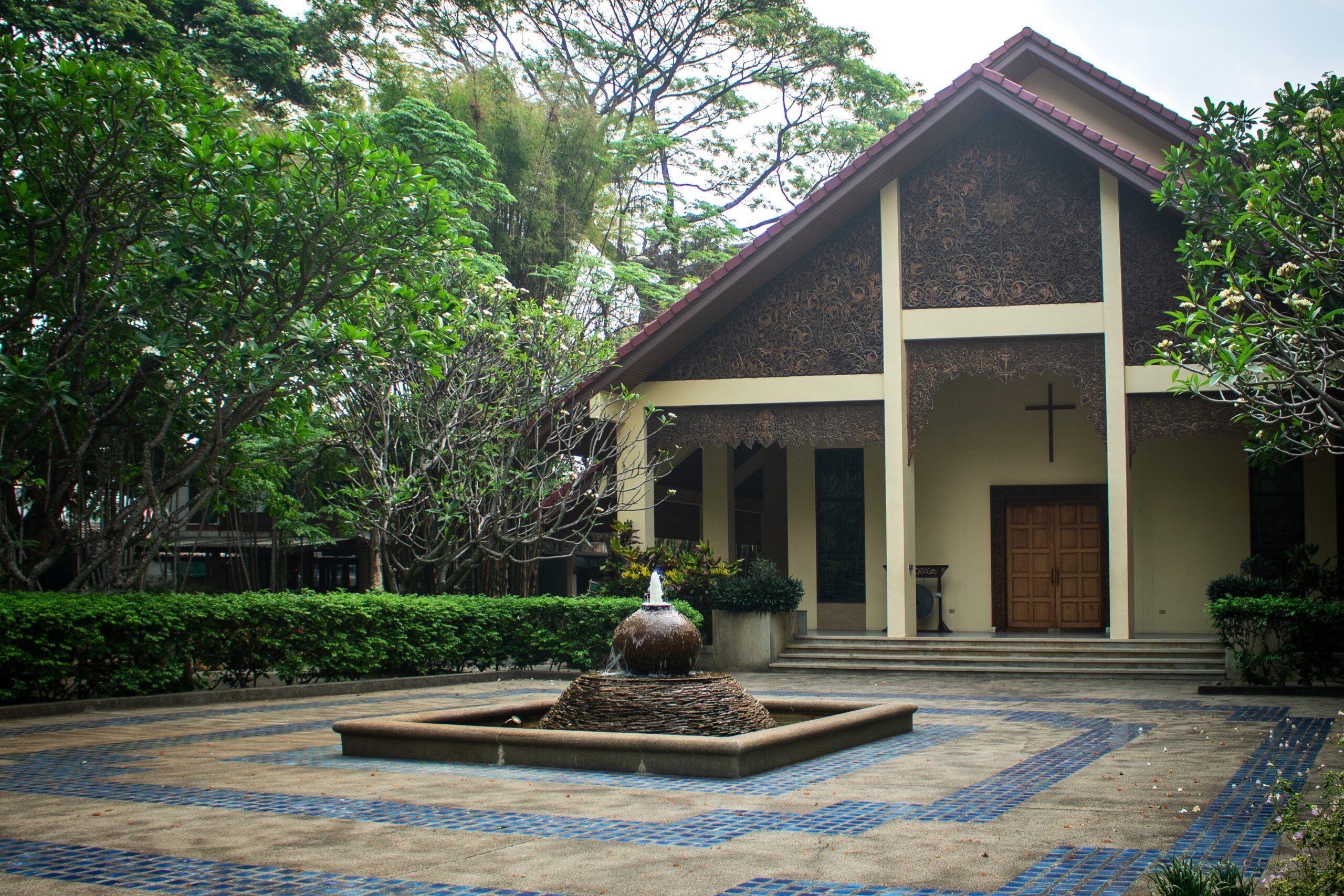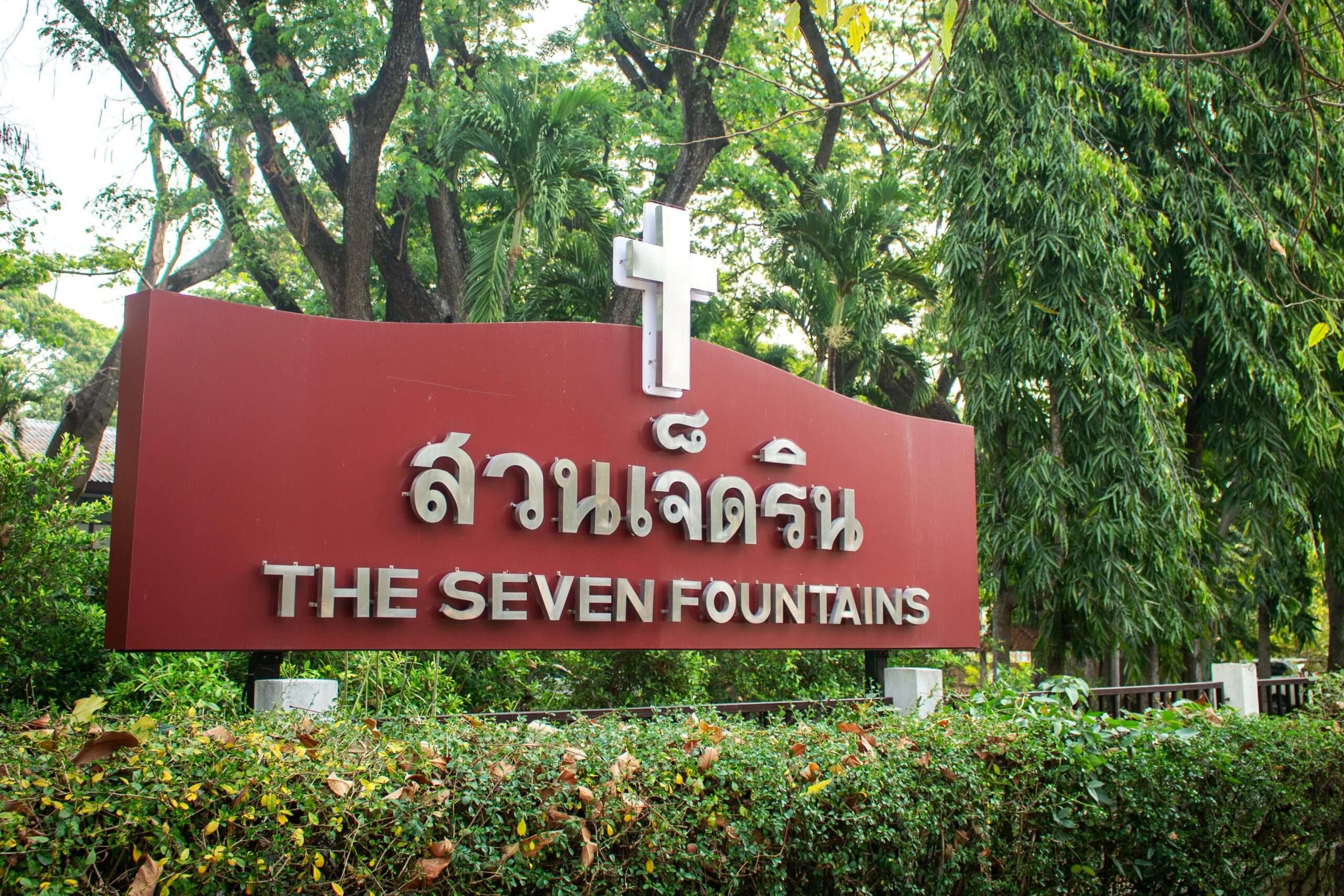
The Seven Fountains
Spirituality Center
Retreat At Seven Fountains
people can get away from their busy lives, have time and space to be quiet, and be with the Lord restfully here

2 LANGUAGE MASS EVERYDAY

LIBRARY

EXPERIENCED
RETREAT DIRECTORS

Labyrinth
Short Story
About Us
Inspired by the Spiritual Exercises of St. Ignatius Loyola, the founder of the Society of Jesus, the Seven Fountains welcomes all who come to deepen their knowledge and love of Jesus Christ. The Seven Fountains offers a variety of retreats, conferences, days of prayer, and spiritual direction for those seeking personal growth in faith, prayer, and in the ability to respond whole-heartedly to God in one’s daily life.
“You will seek me and find me when you seek me with all your heart.”
Jeremiah 29:13

Schedule
Mass
Weekday Mass
( Monday – Saturday )
Thai Language Mass
English Language Mass
Sunday Mass
( Sunday Mass )
Thai Language Mass
English Language Mass
Photo gallery
Have a look at our place


















